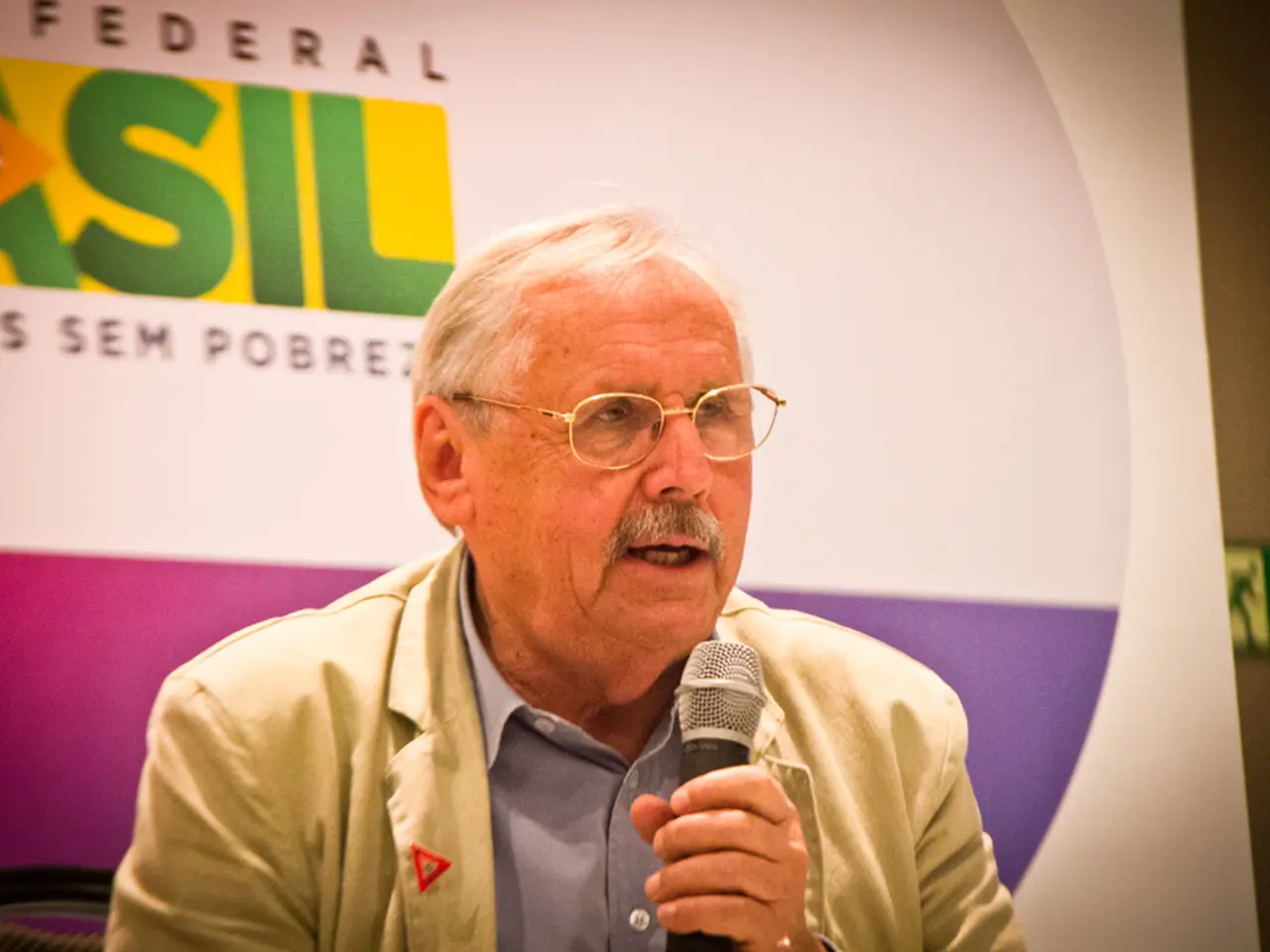The Court of Federal Claims' Recent Ruling on Over-the-Air Jurisdiction: A Groundbreaking and Unprecedented Verdict
The Court of Federal Claims (COFC) has set a new precedent in its jurisdiction over protests involving the Department of Defense's Other Transaction Authority (OTA) agreements, particularly during the prototyping phase. In the recent Telesto Group, LLC v. United States case, the COFC ruled that it generally does not have authority to hear protests related to OTA projects in the prototyping phase unless the OTA is closely tied to a traditional procurement action.
Judge Hertling's decision in Telesto marks a narrow interpretation of COFC's jurisdiction over OTA protests, limiting the court's ability to entertain challenges to awards made under OTA during prototyping unless the OTA resembles a procurement contract. Despite this narrowing stance, other cases such as Raytheon and Independent Rough Terrain Center show the COFC's willingness to assert jurisdiction when an OTA agreement is closely connected to procurement statutes or regulations.
The OTA was divided into three phases: the outset, prototyping, and conclusion of the prototyping phase. The Court found that the first and third phases were "in connection with a ... proposed procurement," while the second phase was not. As a result, the COFC only has jurisdiction at the outset of the OTA and after the prototyping phase is concluded, and the agency decides to proceed with a proposed procurement.
The jurisdictional blackout applies during the prototyping phase of an OTA, specifically "during the performance of the prototyping phase of an OT." In the Telesto case, only Accenture Federal Services, LLC was invited to Step 7 of the EBS-C program, the final stage of the prototyping phase. Telesto Group, LLC filed a bid protest in connection with the Army's Enterprise Business System-Convergence ("EBS-C") program, a prototyping effort to consolidate and improve Army business systems.
The Court ruled in favor of the Army on both protest grounds, both of which challenged the Army's conduct at the outset of the prototyping process. Telesto alleged that the Army violated the OTA statute by not including a nontraditional defense contractor. However, the Court found that the Army's actions were reasonable and consistent with the purpose of the prototyping phase.
The Court acknowledged the complexity of the "jurisdictional puzzle" and called on Congress to help untangle the web and on the Federal Circuit to provide guidance. The Telesto case confirms that the COFC's jurisdiction over protests related to OTA agreements under DoD during prototyping is limited and depends heavily on the nature of the OTA—whether it is fundamentally a procurement contract subject to existing procurement laws, or a distinct transaction outside traditional procurement regimes.
In light of the Telesto case, the Court of Federal Claims (COFC) has limited jurisdiction over business protests regarding the Department of Defense's Other Transaction Authority (OTA) agreements during the prototyping phase, unless the OTA closely resembles a traditional procurement action. This ruling, however, doesn't prevent the COFC from asserting jurisdiction in cases where the OTA is connected to procurement statutes or regulations. The decision underscores the significance of technology and education-and-self-development in understanding the intricacies of the OTA jurisdictional puzzle, particularly during the prototyping phase of an OTA.




